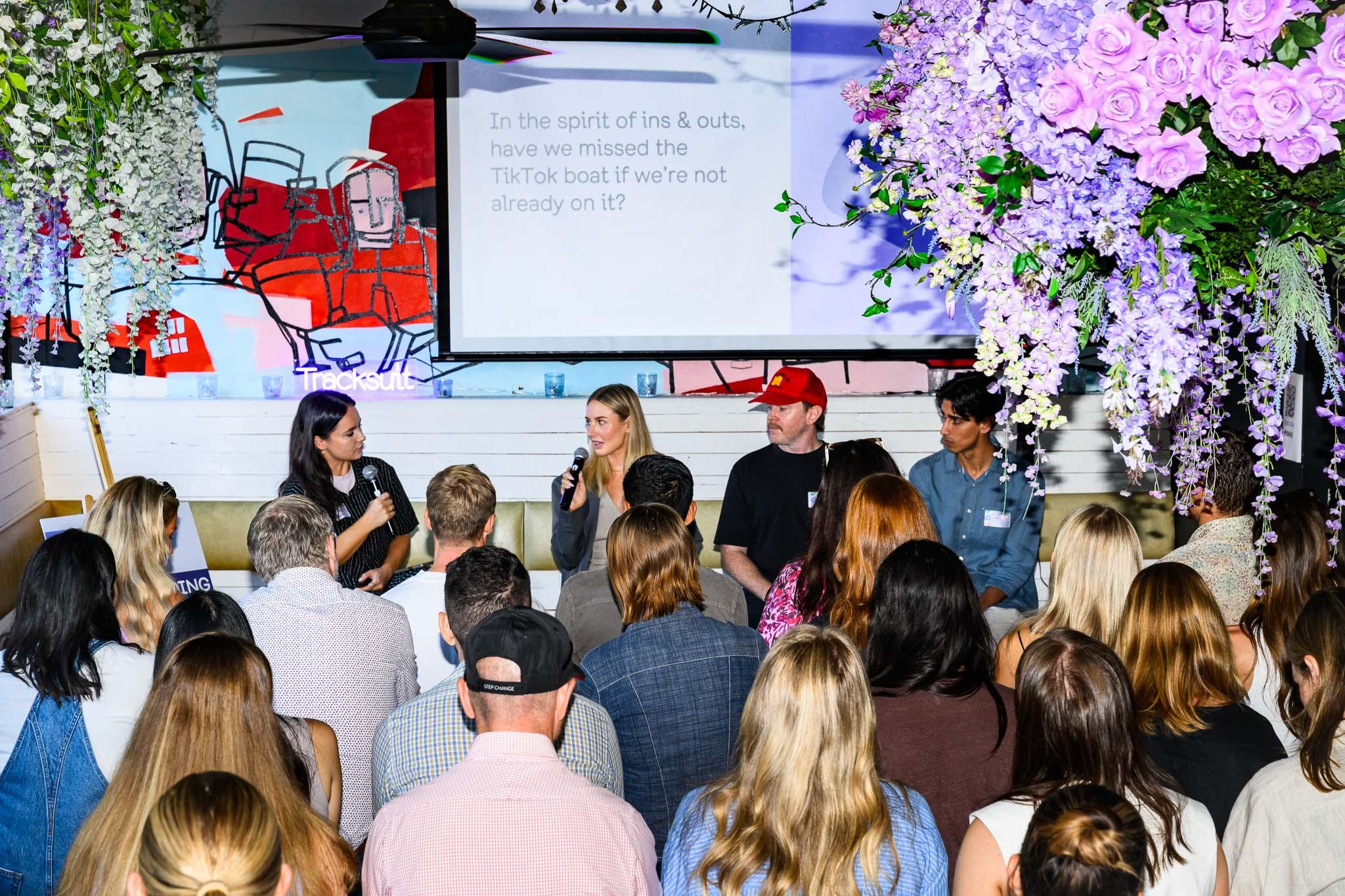How brands can win at consideration (and why it matters)
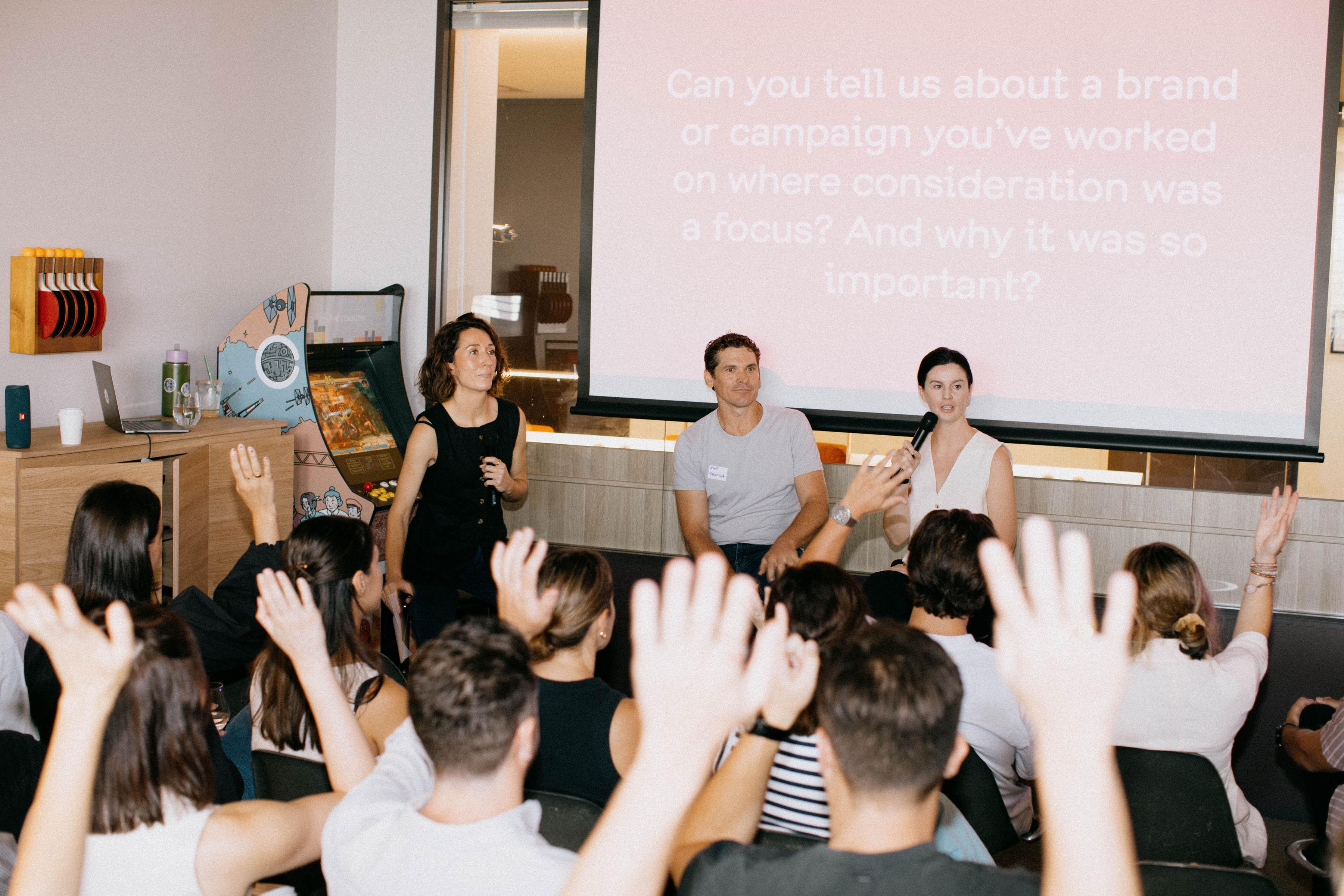
For too long, brand marketing has taken a backseat to performance marketing. Performance marketers have been empowered with tools and dashboards that allow them to monitor efficacy in extreme detail, while brand tools have lagged. We’re changing that with Tracksuit’s product and also creating spaces for marketing leaders to gather and learn from each other’s experiences.
But elevating brand marketing isn’t only about giving agencies and marketers better tools — there’s an educational component, too.
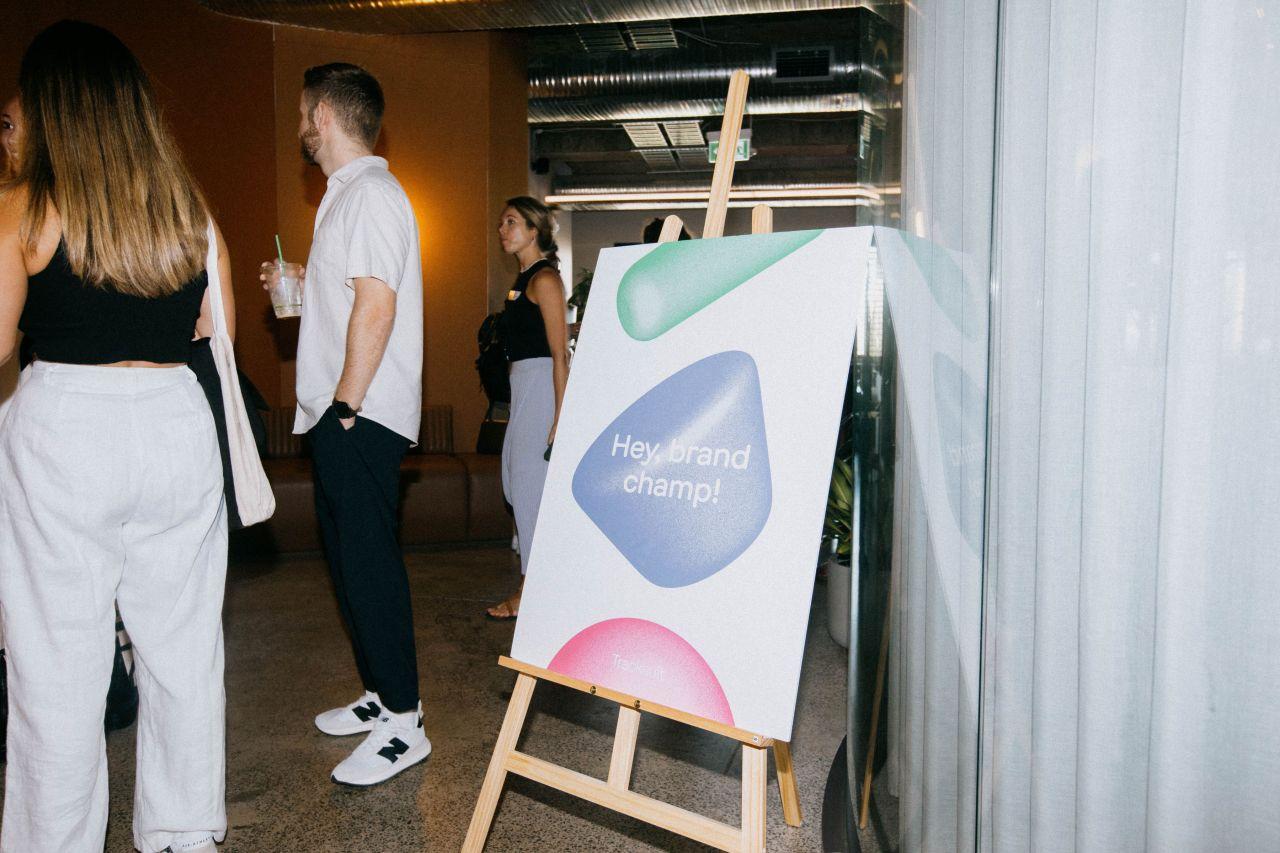
We recently hosted a Breakfast of Brand Champions event for the Tracksuit Partner community, bringing together Sydney-based agency and brand leaders to discuss the power of consideration, a frequently overlooked but essential metric. Tracksuit’s Senior Partner Manager, Hannah Murphy, was joined by Tracksuit Partners and clients Matt Kowal, General Group Director of non-alcoholic drink brand Naked Life, and Natalie Smith, Head of Brand at creative studio Frost Collective.

Read on for the highlights and keep an eye out for future Breakfast of Brand Champions events.
Sign up to Shorts
For fortnightly brand insights, stories and goodness that'll help you win (we promise).
How do you define consideration?
Consideration is the stage at which someone finds themselves when they’re preparing to take an action, like streaming a TV show or buying a product. No matter what shape of the marketing funnel you subscribe to, your brand has to be considered by a consumer prior to purchase (or to becoming a brand of preference).
Why does consideration matter as a brand metric?
The short answer is that the only way to increase usage and preference is by increasing consideration.
The challenge is that Tracksuit’s data has found that 92% of categories have less than three brands in their consumer’s consideration set. Put differently, when someone is looking to make a purchase, they typically don’t consider more than 2–3 brands at a time. We have a bias towards familiarity, and when we’re presented with too many options to consider, we feel overwhelmed (case in point – the overwhelm you feel when looking at the Netflix home screen trying to choose a movie or TV show to watch).

This varies according to product category, but not by much. Packaged snacks and fast food might have a consideration set of 4–5 brands, while Tracksuit’s data suggests that categories like alcohol-free drinks and dental floss have an average of one brand in the consumer’s consideration set.
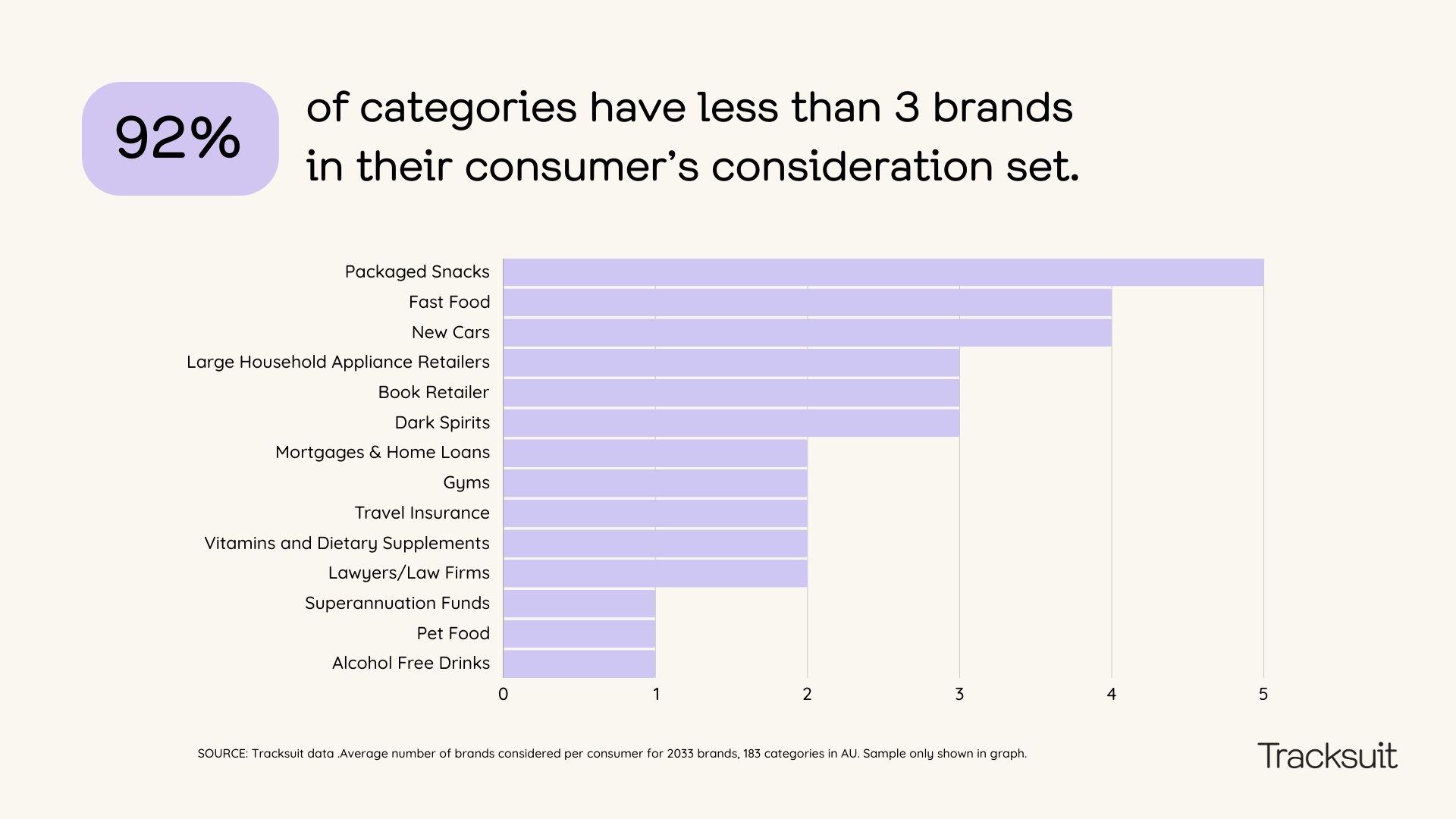
Here’s where things get interesting: For a brand to be in someone’s consideration set, they need to first be aware that it even exists. Our data reveals that most brands only convert about half of users who are in the awareness stage to the consideration stage, yet according to data from McKinsey, if a brand finds itself in a customer’s consideration set, it’s 2–3 times more likely to be purchased.
Put simply, performing well at the consideration stage is essential for a brand’s success. After all, the only way for your brand to be used and (hopefully) preferred is for it to be considered.
How can brands win at consideration?
According to Tracksuit data, consumers who say that they know a brand very well are more than 2.5 times more likely to consider it compared to consumers who only know a brand by name.
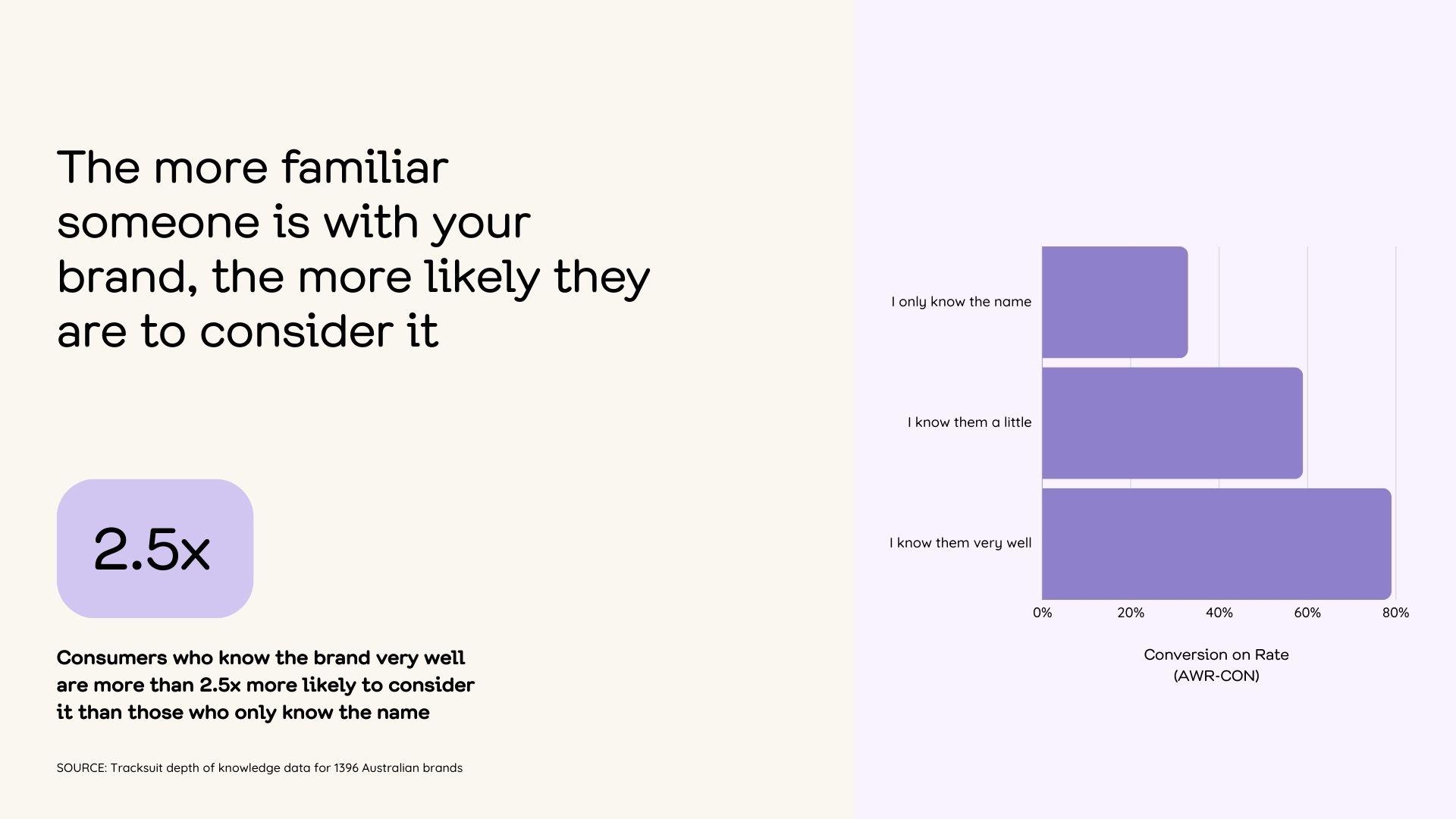
So the secret to nurturing consideration is building familiarity, and the most effective way to do so is through consistency and distinctiveness.
Our Breakfast of Brand Champions panelists spoke about their experiences developing those three principles to support consideration of their brand.
Build familiarity
“Our brains seek out familiarity,” explained Hannah. “We gravitate toward things we’re more familiar with, even if another product is objectively better.”
Familiarity most often comes in the form of exposure. The more we see something, the more we’re aware of it, the more we know about it, and the more likely we are to seek it out.
Effectively building familiarity isn’t only about exposure, though. “It’s about emotional connection,” Hannah said. “Consumers feel close to the brands they are emotionally connected to. And it’s also about saliency, because you can’t be familiar with a brand that isn’t mentally or physically available to you.”
Stay consistent
As with most brand marketing, nurturing consideration is a long game. Your customer may not be looking for what you have to offer right now, but there’s a chance they will in the future. Consistency makes your brand more memorable and tells a cohesive story, so consumers can develop a strong understanding of who you are, what you’re about, and what makes you distinct.
“You need to consistently be building rapport with [potential customers] so that when they do enter the market, your brand is top of mind,” said Tracksuit’s Hannah Murphy.
At Tracksuit, we love James Hurman’s philosophy of Future Demand. “Today’s future demand is tomorrow’s existing demand, and being consistently in-market with brand marketing fields familiarity, and familiarity drives consideration,” Hannah summarized.
Be distinctive
Unfortunately, there’s a lot of copycatting among brands today. Unique selling points and products can be knocked off, but distinct brand assets, like logos, jingles, and house styles, are harder to replicate.
Data from Kantar suggests that easily recognizable brands also simplify decision-making, with 52% of brands with strong assets outranking their competitors in terms of saliency.
“Distinctive assets help to connect your performance assets with your brand assets, and actually allows more space for creativity, because you’re no longer trying to jam every single piece of brand messaging into a 30-second spot,” explained Hannah.
Putting it into practice
Our panelists, Naked Life’s Matt Kowal and Frost Collective’s Natalie Smith, spoke about how they’ve nurtured consideration in their work, sharing what familiarity, consistency, and distinctiveness can look like for different brands.
How Naked Life invested in retail to support familiarity
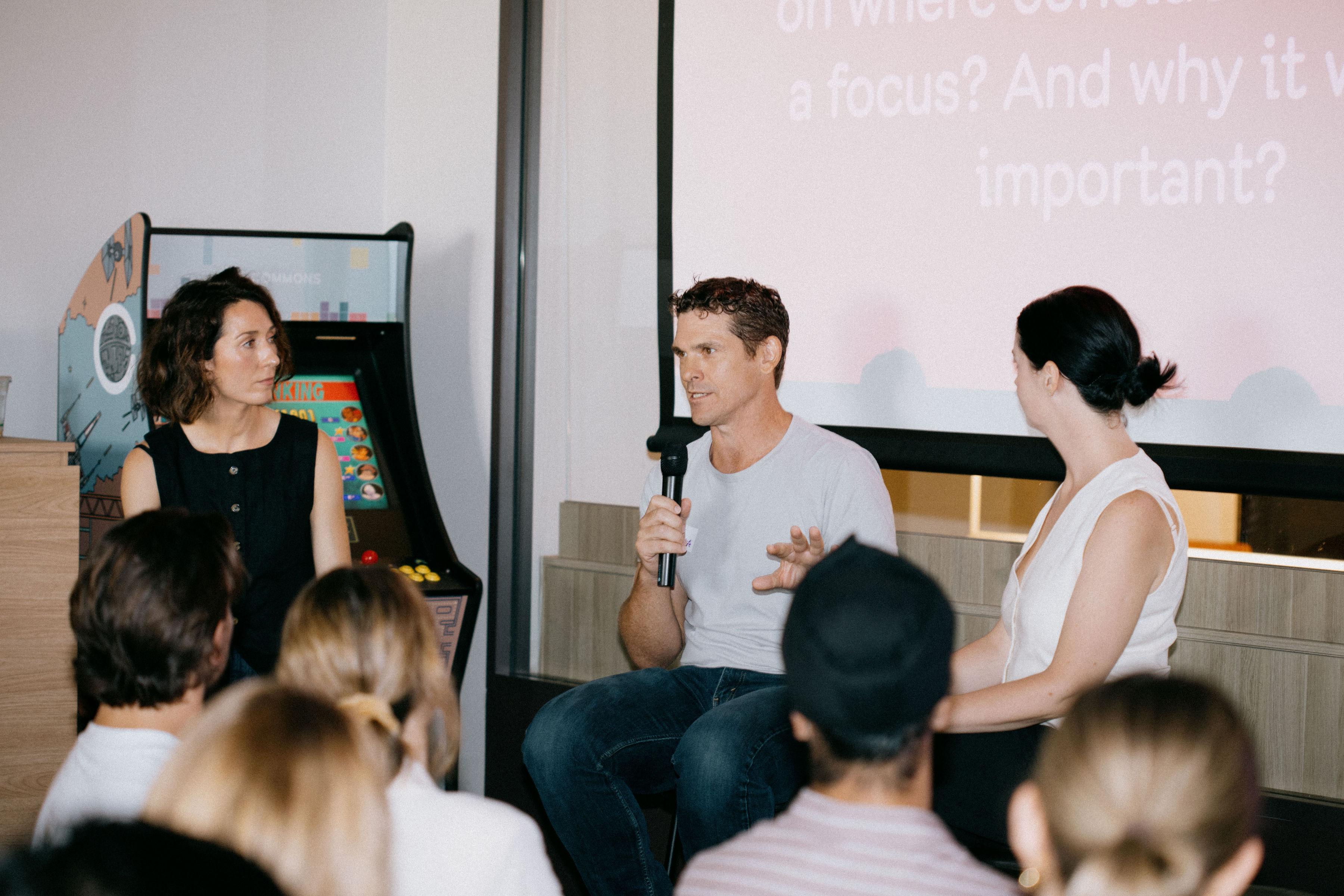
When Australia-based non-alcoholic drink brand Naked Life first launched, it needed to drive awareness and consideration of the non-alcoholic drink category alongside its brand. At our Breakfast of Brand Champions event, Matt Kowal, Naked Life’s General Group Director, shared how investing in retail made its products more visible and therefore more familiar.
“We knew from studies that we’ve done with customers that it was really important to come with flavors that were familiar, like G&Ts and margaritas,” Matt explained, adding that once someone tried a Naked Life flavor that mimicked their favorite cocktail, they were more willing to come back and try less familiar formulations.
Beyond creating familiar flavors, Naked Life was able to support consideration and future demand by demonstrating contexts in which someone might consume a non-alcoholic drink. Social proof and micro-influencer relationships have been key to the brand’s growth, as have sampling opportunities through activations.
“Once people try the drink, virtually everyone we speak to has a light bulb moment and jumps straight into consideration and goes, I know a moment when this will be right for me,” Matt shared, adding that the idea of being in the right place at the right time informs its retail strategy.
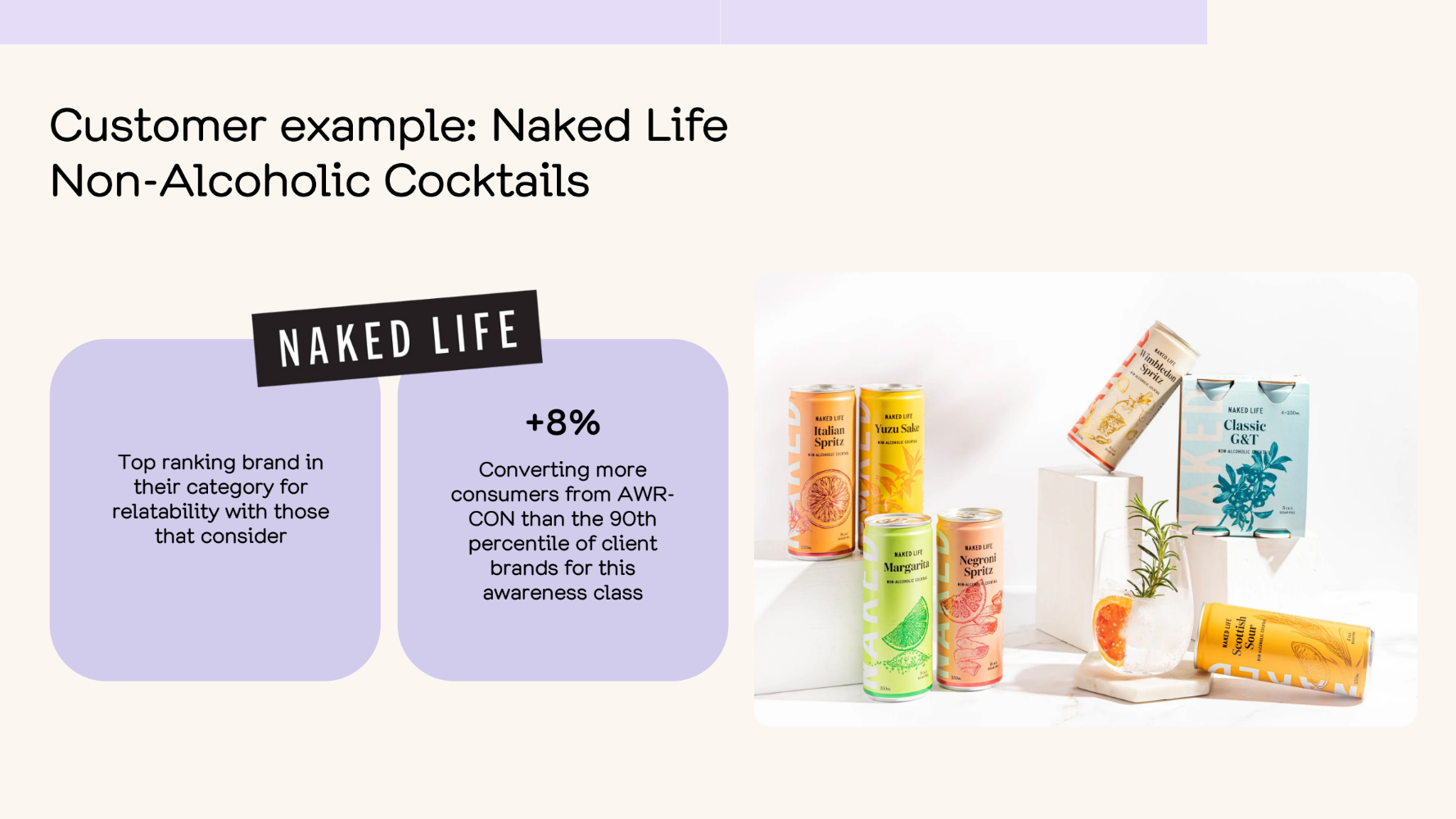
All of this has paid off for Naked Life: it’s the top-ranking brand in its category in relatability for people who consider using it, and it’s converting 8% more consumers from awareness to consideration than the 90th percentile of brands in its awareness class.
How Frost Collective nurtures relatability through partnerships

For Natalie Smith, Head of Brand at Frost Collective, social proof has been the best way to make brands feel more familiar. Much of that comes down to allowing other people to tell your brand’s story.
“When we feel that someone similar to me is using a product or service, then we feel much more comfortable with it,” she shared, adding that large-scale seeding and influencer partnership can be a great way to get people over the hurdle of questioning whether a brand is relevant to them.
For a brand to appear relatable to potential customers, Natalie added, partnerships need to be genuine, offering an example of sponsoring star athletes in emerging sports, like women’s skateboarding. “As an agency, we have a keen eye on emerging cultural trends and tap into that early to build relationships over time.”
Relatability doesn’t always need to take the shape of someone else telling a brand’s story, though. “There’s a real opportunity, particularly in casting and art direction, to show sensitivity to reality and what’s genuinely culturally interesting and cool,” Natalie suggested. “Making sure that you have diversity and subtle nuance, not ticking boxes, but showing a variety of genders and sexual identities and ethnicities and abilities and disabilities, and doing that in a way that doesn’t feel overt.” Street casting, featuring existing customers, and partnering with emerging photographers rather than big studios are all tactics that can support relatability and distinctiveness.
The finishing line 🏁
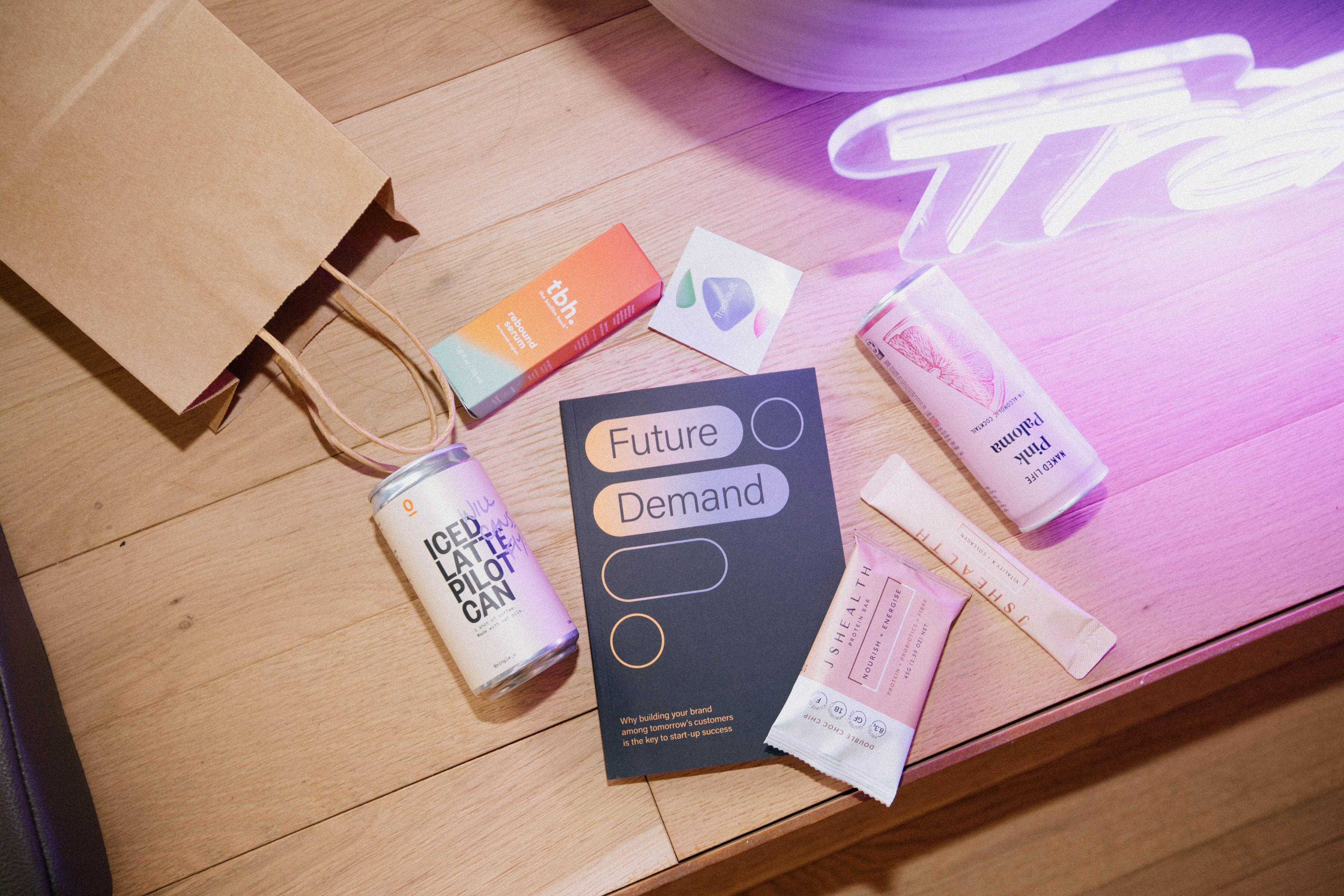
Consideration will look different for each consumer and each brand. As a marketer, your job is to prime your consumer through smart and consistent storytelling so that when the time is right and they’re looking to make a purchase, your brand can be top of mind.
And if you’re looking for ways to better measure your brand’s consideration efforts, reach out to Tracksuit.


